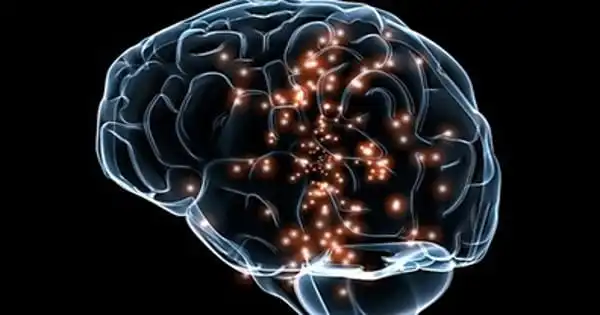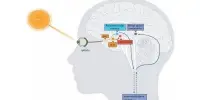Attention-deficit/hyperactivity disorder (ADHD) is a behavioral disorder that typically begins in childhood and is characterized by a short attention span (inattention), an inability to be calm and stay still (hyperactivity), and poor impulse control (impulsivity). Some people with ADHD have issues with only inattention or hyperactivity and impulsivity, but the majority have issues with all three characteristics.
The National Institutes of Health (NIH) has successfully identified differences in gene activity in people with attention deficit hyperactivity disorder’s brains (ADHD). The study, led by scientists at the National Human Genome Research Institute (NHGRI), a division of the National Institutes of Health (NIH), discovered that people with ADHD had differences in genes that code for known chemicals that brain cells use to communicate. The findings, published in Molecular Psychiatry, demonstrate how genomic differences may contribute to symptoms.
To date, this is the first study to investigate ADHD using postmortem human brain tissue. Non-invasive brain scanning allows researchers to examine the structure and activation of brain areas, which is another approach to studying mental health conditions. However, these studies lack information at the gene level about how genes may influence cell function and cause symptoms.
The researchers used RNA sequencing, a genomic technique, to investigate how specific genes are turned on or off, also known as gene expression. They looked at two brain regions linked to ADHD: the caudate and the frontal cortex. These areas are known to be important for controlling a person’s attention. Previous research found differences in the structure and activity of these brain regions in individuals with ADHD.
Multiple types of genomic studies are pointing towards the expression of the same genes. Interestingly, these gene-expression differences were similar to those seen in other conditions, which may reflect differences in how the brain functions, such as in autism.
Gustavo Sudre
As one of the most common mental health conditions, ADHD affects about 1 in 10 children in the United States. Diagnosis often occurs during childhood, and symptoms may persist into adulthood. Individuals with ADHD may be hyperactive and have difficulty concentrating and controlling impulses, which may affect their ability to complete daily tasks and their ability to focus at school or work.
With technological advances, researchers have been able to identify genes associated with ADHD, but they had not been able to determine how genomic differences in these genes act in the brain to contribute to symptoms until now.
“Multiple types of genomic studies are pointing towards the expression of the same genes,” said Gustavo Sudre, Ph.D., an associate investigator in the Social and Behavioral Research Branch in NHGRI’s Intramural Research Program, who led this study. “Interestingly, these gene-expression differences were similar to those seen in other conditions, which may reflect differences in how the brain functions, such as in autism.”

Importantly, the researchers found that these differences affected the expression of genes that code for neurotransmitters, which are chemicals that brain cells use to communicate with one another. In particular, the results revealed differences in gene expression for glutamate neurotransmitters, which are important for brain functions such as attention and learning.
“The study advances our understanding of ADHD by showing how the condition is tied to changes in how certain genes are expressed in the brain. This allows us to inch closer to understanding how genomic differences alter gene expression in the brain and contribute to ADHD symptoms,” says Philip Shaw, M.D., Ph.D., senior investigator in the Social and Behavioral Research Branch, who supervised the study.
Postmortem studies are rare because of the limited donation of brain tissue but are incredibly valuable because they provide researchers with direct experimental access to the brain.
“Such postmortem studies have accelerated our understanding of other mental health challenges, but to date, no such studies have looked at ADHD until now,” said Dr. Shaw.
















